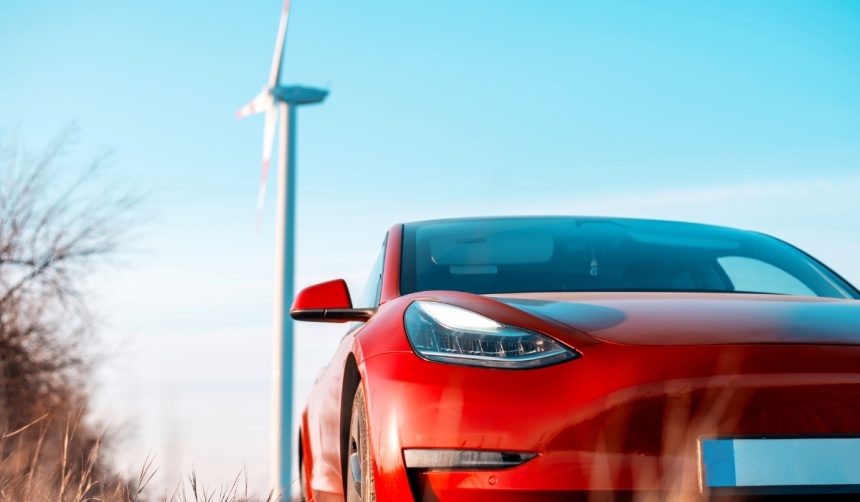As self-driving technology edges closer to mainstream use, attention continues to focus on Tesla’s Full Self-Driving (FSD) suite. The company’s driver-assistance software, known for evolving through continuous data collection from over five million vehicles, is prompting analysts to predict a spike in user adoption. Consumers remain curious about what makes FSD stand out from standard advanced driver-assistance systems, especially as more drivers share real-world experiences. For Tesla, expanding the FSD customer base is a priority, influenced partly by new corporate targets and incentives. The next few years are expected to clarify whether hesitant drivers become regular users after their initial exposure to FSD’s capabilities.
Discussions about FSD have previously focused on its technological hurdles and regulatory challenges rather than widespread user acceptance. Earlier reports emphasized caution among potential customers due to the system’s requirement for driver supervision and the relatively low percentage of owners subscribing to the service. Recent statements, however, indicate a shift toward confidence, both from the perspective of those who have tried the suite and from market analysts observing adoption trends.
What Sets Tesla’s FSD Apart from Standard Driver Assistance?
Unlike traditional Traffic-Aware Cruise Control and basic lane-keeping features, Tesla’s Full Self-Driving incorporates complex maneuvers and can navigate diverse traffic scenarios. The software receives continuous updates, benefitting from data gathered across countless trips, which improves its performance over time. While the system allows drivers to operate hands-free, individuals must still stay attentive and ready to take control.
Why Do Industry Experts Predict Increased FSD Adoption?
Recent commentary from Stifel analyst Stephen Gengaro underscores the belief that FSD adoption will climb as consumers personally experience its functions. Explaining the transition from initial uncertainty to comfort, Gengaro suggests that user familiarity plays a key role in fostering commercial interest.
“You’ll see increased adoption as people are exposed to it. I’ve been behind the wheel of several of these and the different iterations of FSD, and it is getting better and better. It’s something when people experience it, they will be much more comfortable utilizing FSD and paying for it.”
How Does Tesla’s Strategy Influence FSD Subscription Targets?
Tesla has set high-value targets tied to FSD uptake, which are directly linked to executive compensation plans. One condition requires achieving ten million active subscriptions for certain compensation milestones to be triggered. According to the company, only 12 percent of existing Tesla owners currently pay for the FSD option, with the brand seeking substantial growth from this baseline.
“It’s something when people experience it, they will be much more comfortable utilizing FSD and paying for it.”
Achievement of significant uptake for Tesla’s Full Self-Driving suite depends on a mix of consumer confidence, trial experiences, and strategic business incentives. Data-driven improvement processes may continue to differentiate FSD from competitors, granting Tesla an edge as automated driving gains social trust. For potential customers, the decision to subscribe or buy into FSD rests not just on technical performance but on their comfort in relinquishing some vehicle control, at least part of the time. Monitoring the interplay between personal exposure, public perception, and Tesla’s internal benchmarks will provide greater insight into whether FSD reaches the company’s ambitious targets. For those considering advanced driver-assist technology, hands-on experience will likely be the primary factor shaping perceptions of both safety and value.










